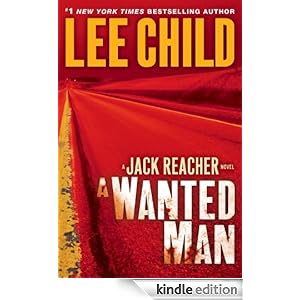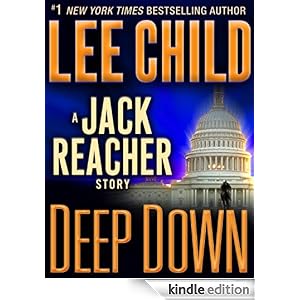 Did you hear about the LendInk fiasco? If so, were you even aware that LendInk existed before now? There are a bunch of ebook lending sites out there. Places that do not provide pirated copies of ebooks, but instead list books that are available for lending, and then match readers up to lend those books. For writers who publish through Amazon or Barnes & Noble, lending is already enrolled by default, though the writer can opt to have their books taken out. In fact, here's the skinny from Amazon KDP:
Did you hear about the LendInk fiasco? If so, were you even aware that LendInk existed before now? There are a bunch of ebook lending sites out there. Places that do not provide pirated copies of ebooks, but instead list books that are available for lending, and then match readers up to lend those books. For writers who publish through Amazon or Barnes & Noble, lending is already enrolled by default, though the writer can opt to have their books taken out. In fact, here's the skinny from Amazon KDP:
Is this an awful thing? Absolutely not. You buy a paperback or hardcover book, read it, what do you do with it? Oftentimes, you'll lend it to a friend. That's what you do with books, either physical or digital.
Of course, not all writers understand this. And I guess earlier this month some writers stumbled across LendInk, saw their books listed, immediately assumed it was a pirate site, and freaked out. And mass hysteria ensued.
I can understand why some of these writers freaked out, but clearly they did not take the extra moment or two to actually research the website and see for themselves that there was no pirating going on. In fact, from what I understand (because the LendInk site is currently no more), the books were only listed on the website. Again, it wasn't a pirate site, so there were no actual files. But that didn't stop people from freaking out and creating a virtual riot.
Maybe I find this entire situation so ridiculous because of my views on pirating. While I don't necessarily agree with pirating, I don't really care much either that many of my ebooks are available on torrent websites. You can Google "robert swartwood torrent" and see for yourself. I know some writers who would piss their pants with rage to learn that their books were on ones of these sites. They would immediately send DMCA takedown notices. They would raise a battle cry. They would, in my opinion, be wasting their time, time that would be better spent on, you know, writing.
Anyway, so LendInk is no more, and many writers who didn't know any better right now feel a sense of vindication stopping a website that was, ultimately, helping to promote their work (from what I also understand, the books listed also included links to Amazon, so readers could, you know, buy the ebooks if they so wished).
These writers I'm talking about? They're the silly ones who give self-publishing a bad name. Their books might not suck completely, they might have decent cover art and formatting, and they might sell a lot of copies as they grow a readership. But despite all that, they also have no business sense. If they did, they would understand what they're signing up for when they publish through Amazon and Barnes & Noble, and would also understand that, in the end, lending is a good thing.
Again, that's just what you do with books.










